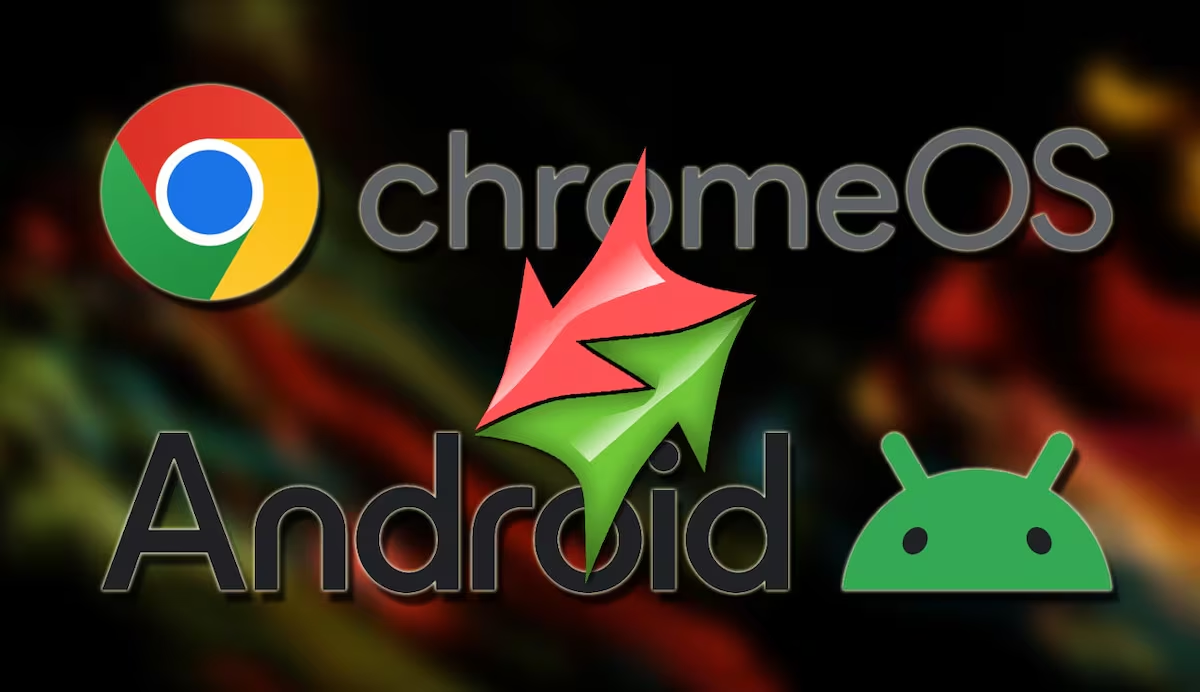UI/UX design isn’t just about aesthetics anymore. In 2025, it’s about building inclusive, user-centric digital experiences that prioritize comfort, choice, and access for all. Two design trends—dark mode and accessibility—have surged from “nice-to-have” features to non-negotiable UI/UX standards.
Whether you’re designing a mobile app, web platform, or SaaS dashboard, failing to implement these elements could alienate users and negatively affect performance. Smart developers and product teams now recognize the intersection between visual comfort and usability—and they’re doubling down on design systems that reflect that.
Let’s explore why dark mode and accessibility are more than trends in 2025—they’re critical cornerstones of future-proof digital experiences.
Why Dark Mode Is More Than Just a Trend
Dark mode has been gaining popularity since 2018, but by 2025, it’s officially mainstream. From Apple’s iOS and macOS to Android, Twitter, Discord, and Microsoft apps, users now expect the option to toggle between light and dark themes.
The Rise of Dark Mode: Key Stats
- 82.7% of smartphone users prefer using dark mode on some or all of their apps (source: Android Authority, 2024).
- Websites with a dark mode option have increased average session time by up to 20%, especially during evening hours (source: UX Collective).
Dark mode isn’t just an aesthetic preference—it’s a comfort-based demand, especially for users spending extended time on screens.
Benefits of Implementing Dark Mode in UI/UX Design
1. Reduced Eye Strain
Dark mode offers relief in low-light environments, helping reduce digital eye fatigue for users working late or scrolling before bed.
2. Battery Efficiency
Especially on OLED and AMOLED screens, dark mode uses significantly less power, extending battery life.
3. Modern, Sleek Aesthetic
Dark themes offer a premium look and feel that appeals to tech-savvy users and digital natives.
4. Customizable User Experience
Giving users control over theme preference demonstrates respect for their comfort and visual needs—an increasingly valuable part of modern UI/UX development.
5. Improved Readability (When Done Right)
With proper contrast ratios and thoughtful design, dark mode can make reading easier for many neurodivergent and visually sensitive users.
Dark Mode Best Practices for Developers
When designing in dark mode, it’s not enough to invert colors. Developers must consider:
- Contrast Ratios: Maintain WCAG 2.1 standards (minimum 4.5:1 for normal text).
- Avoid Pure Black: Use dark grays (#121212 or #1E1E1E) to reduce visual harshness.
- Highlighting & Alerts: Use bold colors for alerts and active states, ensuring visibility.
- Image Adaptation: Ensure that logos and graphics don’t vanish on dark backgrounds.
- Light/Dark Switch: Allow seamless toggling and save preferences in local storage or cookies.
These steps ensure your implementation is more than visual—it enhances the actual user experience.
Accessibility: The Legal and Moral Imperative
In 2025, accessibility is not optional. With nearly 1 in 4 adults in the U.S. living with a disability (CDC, 2023), developers must design experiences that are inclusive and compliant.
Accessibility covers:
- Vision impairments (color blindness, low vision, blindness)
- Hearing loss
- Cognitive and learning disabilities
- Motor impairments
The Cost of Inaccessibility
In 2024, over 4,000 digital accessibility lawsuits were filed in the U.S. under the ADA. Non-compliance not only limits reach but poses legal risk.
But beyond compliance, accessibility is an opportunity to serve more users, create empathetic designs, and build brand trust.
Key Accessibility Guidelines for Developers (WCAG 2.1+)
1. Semantic HTML Structure
Use proper tags (like <header>, <main>, <nav>) to help screen readers navigate.
2. Alt Text for Images
All informative images must include descriptive alt text.
3. Keyboard Navigation
Ensure users can navigate your site/app without a mouse. Use focus states and tabindex wisely.
4. Color Contrast
Use contrast checkers like WebAIM to verify text is legible for all users.
5. ARIA Labels
Use Accessible Rich Internet Applications (ARIA) roles for dynamic content and interactive elements.
6. Responsive and Scalable UI
Text should be resizable up to 200% without loss of functionality.
7. Transcripts & Captions
Provide captions for videos and transcripts for audio content to support hearing-impaired users.
Dark Mode + Accessibility: Designing for Everyone
These trends aren’t siloed. In fact, combining dark mode with accessibility best practices can amplify usability for all users.
Here’s how they work together:
| Design Element | Benefit in Dark Mode | Accessibility Enhancement |
| Adjustable Themes | Supports visual comfort | Offers control to users with sensitivity |
| High Contrast Text | Reduces visual fatigue | Aids low-vision and neurodivergent users |
| Scalable Text | Enhances mobile experience | Supports dyslexia and visual impairments |
| Voice Commands | Complements keyboard navigation | Empowers users with motor impairments |
2025 UI/UX Trends Influenced by Dark Mode & Accessibility
- Adaptive Interfaces: Interfaces that auto-adjust based on ambient light, device use, or user preferences.
- AI-Powered Personalization: Machine learning adjusts layout, text size, and color schemes based on behavior.
- Accessibility-First Design Systems: Tools like Google’s Material Design and IBM Carbon now prioritize inclusivity by default.
- Inclusive Design Workshops: Product teams now include accessibility audits as part of agile sprints.
Tools and Frameworks to Help Developers
- Figma Accessibility Plugin
- WebAIM Contrast Checker
- Lighthouse (Chrome DevTools)
- axe DevTools by Deque Systems
- Dark Mode Toggle Libraries (React, Vue)
- TailwindCSS Dark Mode & ARIA Utilities
Final Thoughts
In 2025, dark mode and accessibility are no longer extras—they are expectations. Implementing them well is not just good practice; it’s good business. These features increase engagement, reduce bounce rates, and widen your product’s reach.
Developers who understand the intersection of inclusive design and modern aesthetics are building not just apps, but equitable digital experiences. And in a world where user-centricity wins, that’s the ultimate competitive advantage.






